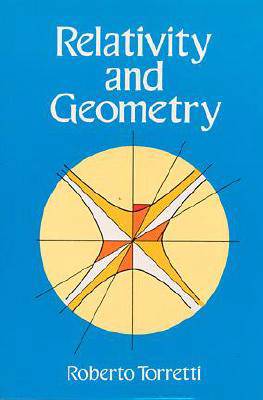
- Afhalen na 1 uur in een winkel met voorraad
- Gratis thuislevering in België vanaf € 30
- Ruim aanbod met 7 miljoen producten
- Afhalen na 1 uur in een winkel met voorraad
- Gratis thuislevering in België vanaf € 30
- Ruim aanbod met 7 miljoen producten
Omschrijving
Early in this century, it was shown that the new non-Newtonian physics -- known as Einstein's Special Theory of Relativity -- rested on a new, non-Euclidean geometry, which incorporated time and space into a unified "chronogeometric" structure. This high-level study elucidates the motivation and significance of the changes in physical geometry brought about by Einstein, in both the first and the second phase of Relativity.
After a discussion of Newtonian principles and 19th-century views on electrodynamics and the aether, the author offers illuminating expositions of Einstein's electrodynamics of moving bodies, Minkowski spacetime, Einstein's quest for a theory of gravity, gravitational geometry, the concept of simultaneity, time and causality and other topics. An important Appendix -- designed to define spacetime curvature -- considers differentiable manifolds, fiber bundles, linear connections and useful formulae.
Relativity continues to be a major focus of interest for physicists, mathematicians and philosophers of science. This highly regarded work offers them a rich, "historico-critical" exposition -- emphasizing geometrical ideas -- of the elements of the Special and General Theory of Relativity.
Specificaties
Betrokkenen
- Auteur(s):
- Uitgeverij:
Inhoud
- Aantal bladzijden:
- 416
- Taal:
- Engels
- Reeks:
Eigenschappen
- Productcode (EAN):
- 9780486690469
- Verschijningsdatum:
- 2/04/1996
- Uitvoering:
- Paperback
- Formaat:
- Trade paperback (VS)
- Afmetingen:
- 157 mm x 235 mm
- Gewicht:
- 521 g

Alleen bij Standaard Boekhandel
Beoordelingen
We publiceren alleen reviews die voldoen aan de voorwaarden voor reviews. Bekijk onze voorwaarden voor reviews.











